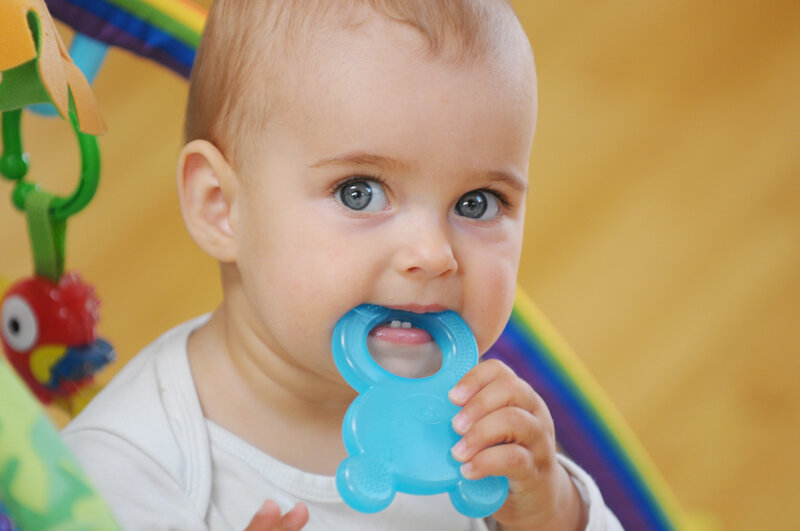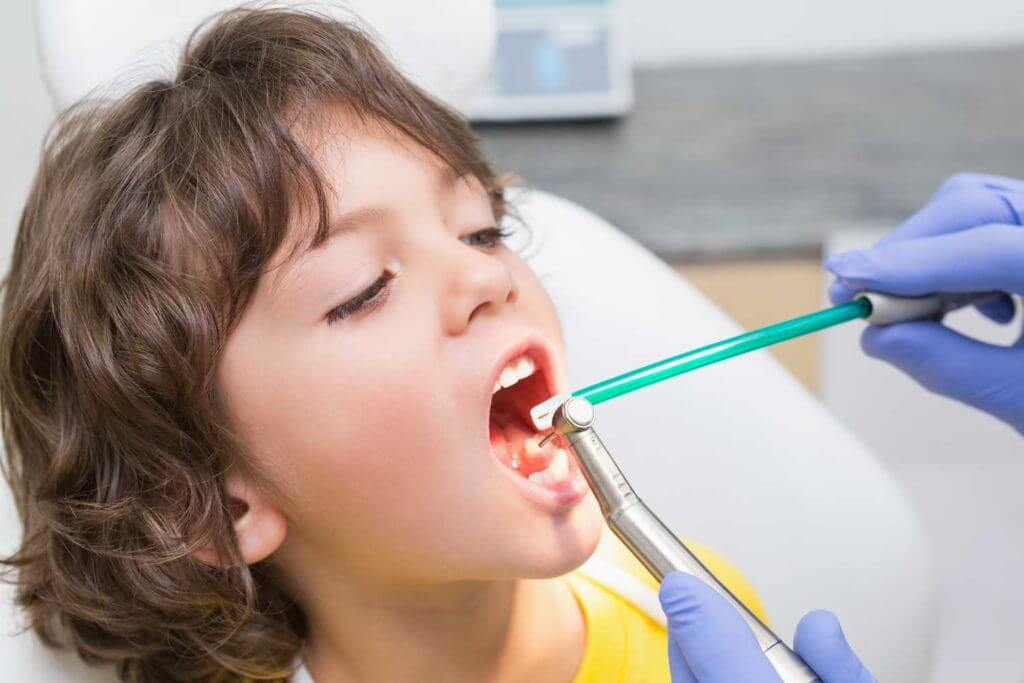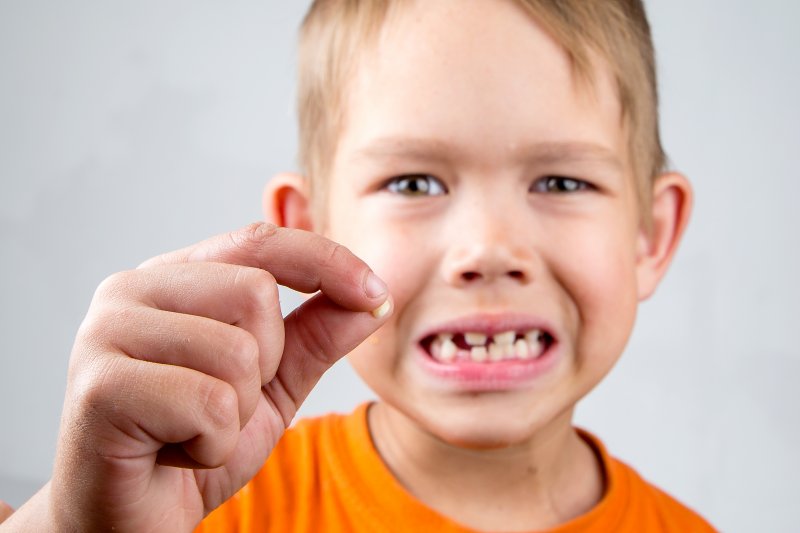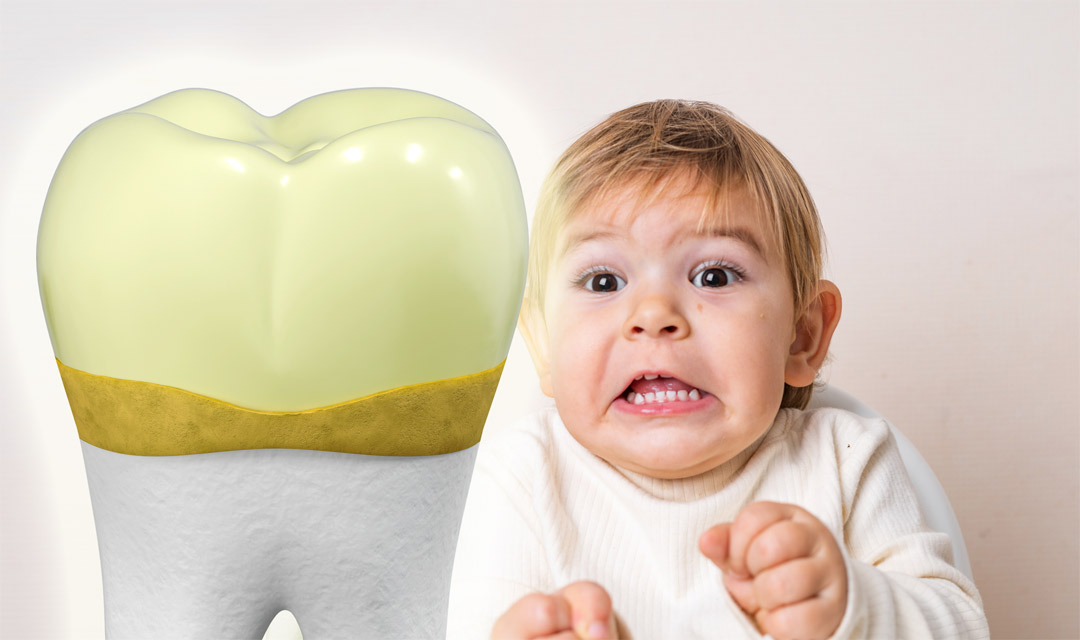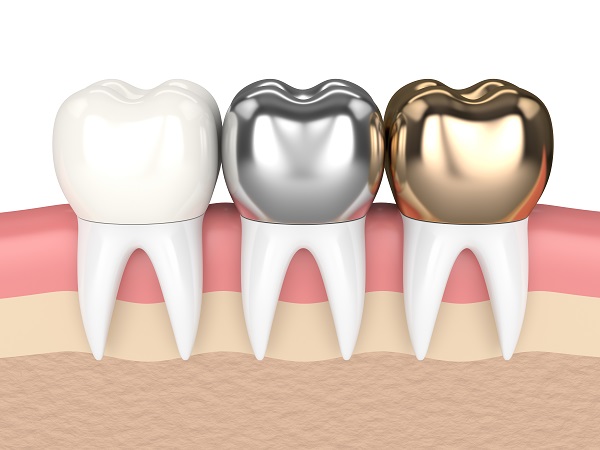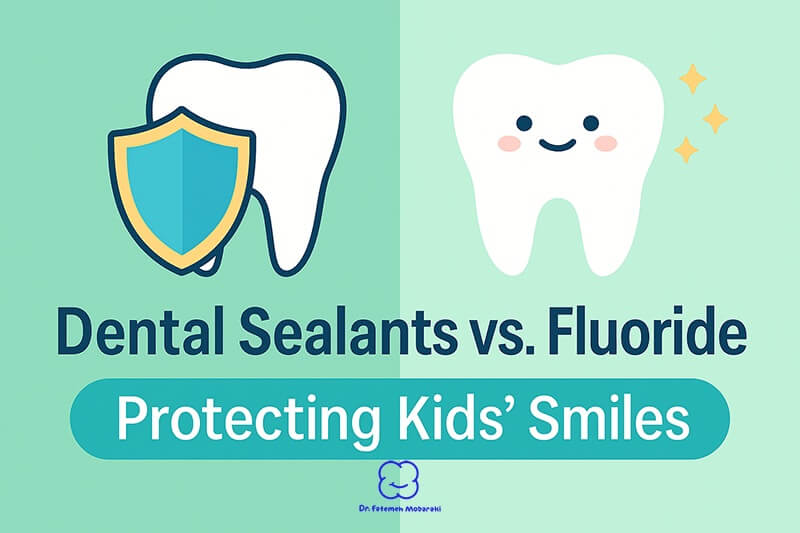Teething is a significant milestone in your baby’s growth, marking the arrival of their first set of teeth. This period can be both joyful and challenging, filled with excitement and moments of discomfort. In this comprehensive guide, we will explore everything you need to know about teething, also referred to as baby teething, including its signs, symptoms, timeline, and soothing techniques. This information will not only equip you with practical tips but also offer emotional support as you navigate this important phase with your little one.
What is Teething?
eething, also known as baby teething, is the process where an infant’s primary teeth emerge through the gums. Typically, this begins around six months of age, but it can vary widely from child to child, starting as early as three months or as late as a year. By the age of three, most children will have their full set of 20 primary teeth.
Recognizing the Signs and Symptoms of Teething
Understanding the signs of teething can help you identify this phase early and offer the necessary comfort to your baby. Here are the common symptoms to watch for:
- Drooling: Increased drooling is a classic sign of teething as the body produces more saliva to soothe the gums.
- Chewing and Biting: Your baby may chew on toys, fingers, or other objects to alleviate gum discomfort.
- Irritability: The discomfort from emerging teeth can make your baby more irritable and fussy.
- Swollen Gums: You might notice your baby’s gums are red and swollen, especially in areas where teeth are about to emerge.
- Mild Fever: A slight increase in temperature can sometimes occur during teething but isn’t typically a cause for concern.
- Sleep Disturbances: Teething pain may disrupt your baby’s usual sleep patterns, leading to restless nights.
- Loss of Appetite: The discomfort may make eating less appealing, leading to changes in feeding habits.
The Teething Timeline: What to Expect
Teething is a unique journey for each baby. Here’s a general timeline of when you can expect each type of tooth to appear:
- 6-10 months: Lower central incisors (bottom front teeth) typically appear first.
- 8-12 months: Upper central incisors (top front teeth) usually follow.
- 9-13 months: Upper lateral incisors (next to the top front teeth) start to emerge.
- 10-16 months: Lower lateral incisors (next to the bottom front teeth) come in.
- 13-19 months: First molars (back teeth) appear, aiding in chewing.
- 16-22 months: Canines (pointed teeth) emerge, completing the front set.
- 25-33 months: Second molars (backmost teeth) finish the set.
Remember, these are average timelines; your baby’s teething journey may differ.
Soothing Techniques for Teething Babies
Teething can be a challenging time for both babies and parents. Here are some effective ways to soothe your teething baby:
- Teething Toys: Safe, chewable toys can provide relief. Choose toys made from soft silicone or rubber to protect your baby’s delicate gums.
- Cold Compresses: A cool washcloth or chilled teething ring can help numb the gums and reduce inflammation.
- Massage: Gently rubbing your baby’s gums with a clean finger can offer comfort.
- Over-the-Counter Remedies: Consult your pediatrician about using infant pain relievers or teething gels to ease discomfort.
- Distraction: Engaging your baby with play, music, or cuddling can help distract them from the discomfort.
When to Consult a Pediatrician
While teething is a natural process, there are situations where you should seek medical advice:
- High Fever: A high fever may indicate an infection rather than just teething.
- Severe Diarrhea: While some mild digestive changes can occur, severe diarrhea should be addressed by a healthcare professional.
- Persistent Rash: Excessive drooling can cause skin irritation, but if the rash worsens or persists, consult a doctor.
The Importance of Oral Care During Teething
Even though baby teeth are temporary, they play a crucial role in your child’s development. Start cleaning your baby’s teeth as soon as they appear using a soft-bristled toothbrush and a small amount of fluoride toothpaste. Establishing good oral hygiene habits early on sets the foundation for healthy teeth and gums in the future.
Conclusion: Cherishing the Teething Journey
Teething is a pivotal experience in your baby’s life, symbolizing growth and development. As parents, you’re part of this incredible journey, witnessing every milestone with love and care. From the first tooth to the last, each moment is a precious reminder of your baby’s early years. Embrace the joys and challenges of teething, knowing that you’re providing the love and support your baby needs during this time. Remember, you’re not alone—reach out to friends, family, and healthcare professionals for support and guidance. Together, we’ll celebrate every smile and overcome every challenge along the way.
By understanding the teething process and knowing how to soothe your baby, you can make this phase a little easier for both of you. Keep in mind that each baby is different, and what works for one may not work for another. Patience, love, and a bit of trial and error will help you find the best ways to comfort your teething baby.

